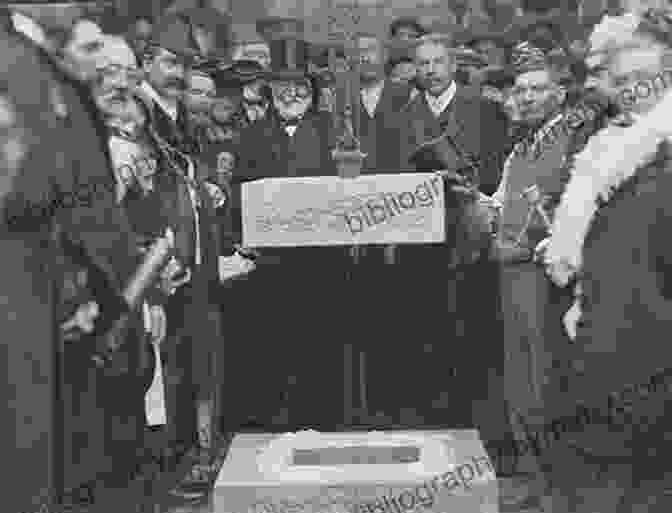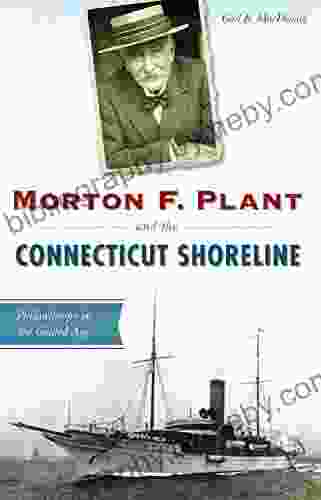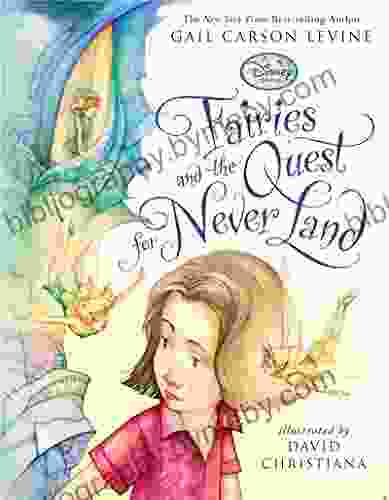Philanthropy in the Gilded Age: A Legacy of Generosity and Transformation


5 out of 5
| Language | : | English |
| File size | : | 3243 KB |
| Text-to-Speech | : | Enabled |
| Screen Reader | : | Supported |
| Enhanced typesetting | : | Enabled |
| Word Wise | : | Enabled |
| Print length | : | 131 pages |
The Rise of Philanthropy in America
The Gilded Age, a period of rapid industrialization and economic growth in the United States from the 1870s to the early 1900s, witnessed the emergence of a new class of wealthy individuals who accumulated unprecedented fortunes. These "robber barons," as they were often called, included titans of industry such as Andrew Carnegie, John D. Rockefeller, and Cornelius Vanderbilt.
Alongside their immense wealth, these industrialists also possessed a strong sense of social responsibility. Influenced by the Protestant work ethic and the idea of noblesse oblige, they believed that it was their duty to use their fortunes to improve the lives of others. Thus, the Gilded Age became a time of unprecedented philanthropic activity.
Motivations for Gilded Age Philanthropy
The motivations for philanthropy in the Gilded Age were complex and varied. Some philanthropists, such as Andrew Carnegie, were driven by a genuine desire to make a difference in the world. Carnegie believed that the wealthy had a moral obligation to use their surplus wealth for the benefit of society. Others, like John D. Rockefeller, saw philanthropy as a way to improve their public image and gain social acceptance.
Additionally, many philanthropists were motivated by religious beliefs. They believed that it was their duty to share their wealth with the less fortunate and to support Christian organizations and institutions. Some philanthropists also saw philanthropy as a way to promote social stability and prevent the rise of socialism.
Methods of Gilded Age Philanthropy
The philanthropists of the Gilded Age employed a variety of methods to distribute their wealth. Some, such as Carnegie and Rockefeller, established private foundations to manage their philanthropic activities. Others, like Vanderbilt, made direct donations to charities and institutions. Still others, like J.P. Morgan, used their wealth to influence public policy and promote social reform.
One of the most common forms of philanthropy in the Gilded Age was the establishment of educational institutions. Carnegie, for example, founded over 2,500 public libraries across the United States. Rockefeller established the University of Chicago and the Rockefeller Institute for Medical Research. Other philanthropists founded hospitals, museums, and universities that continue to serve communities across the country.
The Impact of Gilded Age Philanthropy
The philanthropy of the Gilded Age had a profound impact on American society. The establishment of educational institutions, hospitals, and other social service organizations helped to improve the lives of millions of Americans. Philanthropy also played a major role in shaping the American cultural landscape. The museums, libraries, and universities founded by Gilded Age philanthropists continue to be important cultural institutions today.
However, the philanthropy of the Gilded Age was not without its critics. Some argued that it was a form of "social control" that allowed the wealthy to maintain their power and influence. Others argued that it was a distraction from the need for more fundamental social reforms.
The philanthropy of the Gilded Age was a complex and controversial phenomenon. It was motivated by a variety of factors, including a sense of social responsibility, religious beliefs, and a desire for social acceptance. The methods employed by Gilded Age philanthropists varied, but they all had a profound impact on American society.
The legacy of Gilded Age philanthropy is still evident today. The educational institutions, hospitals, museums, and other organizations founded by Gilded Age philanthropists continue to serve communities across the country. And the idea that the wealthy have a moral obligation to use their fortunes for the benefit of society remains a powerful force in American philanthropy.
5 out of 5
| Language | : | English |
| File size | : | 3243 KB |
| Text-to-Speech | : | Enabled |
| Screen Reader | : | Supported |
| Enhanced typesetting | : | Enabled |
| Word Wise | : | Enabled |
| Print length | : | 131 pages |
Do you want to contribute by writing guest posts on this blog?
Please contact us and send us a resume of previous articles that you have written.
 Book
Book Novel
Novel Page
Page Chapter
Chapter Text
Text Story
Story Genre
Genre Reader
Reader Library
Library Paperback
Paperback E-book
E-book Magazine
Magazine Newspaper
Newspaper Paragraph
Paragraph Sentence
Sentence Bookmark
Bookmark Shelf
Shelf Glossary
Glossary Bibliography
Bibliography Foreword
Foreword Preface
Preface Synopsis
Synopsis Annotation
Annotation Footnote
Footnote Manuscript
Manuscript Scroll
Scroll Codex
Codex Tome
Tome Bestseller
Bestseller Classics
Classics Library card
Library card Narrative
Narrative Biography
Biography Autobiography
Autobiography Memoir
Memoir Reference
Reference Encyclopedia
Encyclopedia Suvi Chisholm
Suvi Chisholm Loren W Christensen
Loren W Christensen Gary Dillard
Gary Dillard Larry Jacobson
Larry Jacobson Gena Showalter
Gena Showalter Marian Filar
Marian Filar Jacques Pauw
Jacques Pauw Gerald A Archambeau
Gerald A Archambeau Gabriela Mistral
Gabriela Mistral Gemma Leigh Roberts
Gemma Leigh Roberts George Tenet
George Tenet George Joshua
George Joshua Gene Deitch
Gene Deitch Susannah Cahalan
Susannah Cahalan Genius Reads
Genius Reads Iain Yardley
Iain Yardley Gerald Everett Jones
Gerald Everett Jones Gerald W Creed
Gerald W Creed John Heilemann
John Heilemann Gale Wiersum
Gale Wiersum
Light bulbAdvertise smarter! Our strategic ad space ensures maximum exposure. Reserve your spot today!

 Melvin BlairStep-by-Step Guide to Creating Amazing Animations with Scratch: A Creative...
Melvin BlairStep-by-Step Guide to Creating Amazing Animations with Scratch: A Creative...
 Fernando BellUnleash the Adventure: Dive into "Stink and the Midnight Zombie Walk" for a...
Fernando BellUnleash the Adventure: Dive into "Stink and the Midnight Zombie Walk" for a...
 Nathaniel HawthorneDissonance Aurora Renegades Two Amaranthe: A Captivating Sci-Fi Adventure
Nathaniel HawthorneDissonance Aurora Renegades Two Amaranthe: A Captivating Sci-Fi Adventure Jaden CoxFollow ·13.7k
Jaden CoxFollow ·13.7k Edward ReedFollow ·7k
Edward ReedFollow ·7k Dan BellFollow ·16.4k
Dan BellFollow ·16.4k Ryan FosterFollow ·5k
Ryan FosterFollow ·5k Spencer PowellFollow ·11.2k
Spencer PowellFollow ·11.2k Dion ReedFollow ·4.5k
Dion ReedFollow ·4.5k Marcel ProustFollow ·15.3k
Marcel ProustFollow ·15.3k Jonathan FranzenFollow ·14.8k
Jonathan FranzenFollow ·14.8k

 Brian West
Brian WestSmedley Butler: The Marines and the Making and Breaking...
: A Marine's...

 Gabriel Garcia Marquez
Gabriel Garcia MarquezIschia, Capri, Sorrento, Positano, And Amalfi: An...
Explore the...

 Felix Carter
Felix CarterAdorn Your Little Princess with Fleur Ange's Exquisite...
Welcome to the enchanting...

 Kelly Blair
Kelly BlairUnveiling the Secrets of the Historical Way and Fishermen...
Step into the pages...

 Angelo Ward
Angelo WardKnit the Cutest Thumbless Mittens for Your Little One:...
Prepare to be...
5 out of 5
| Language | : | English |
| File size | : | 3243 KB |
| Text-to-Speech | : | Enabled |
| Screen Reader | : | Supported |
| Enhanced typesetting | : | Enabled |
| Word Wise | : | Enabled |
| Print length | : | 131 pages |








